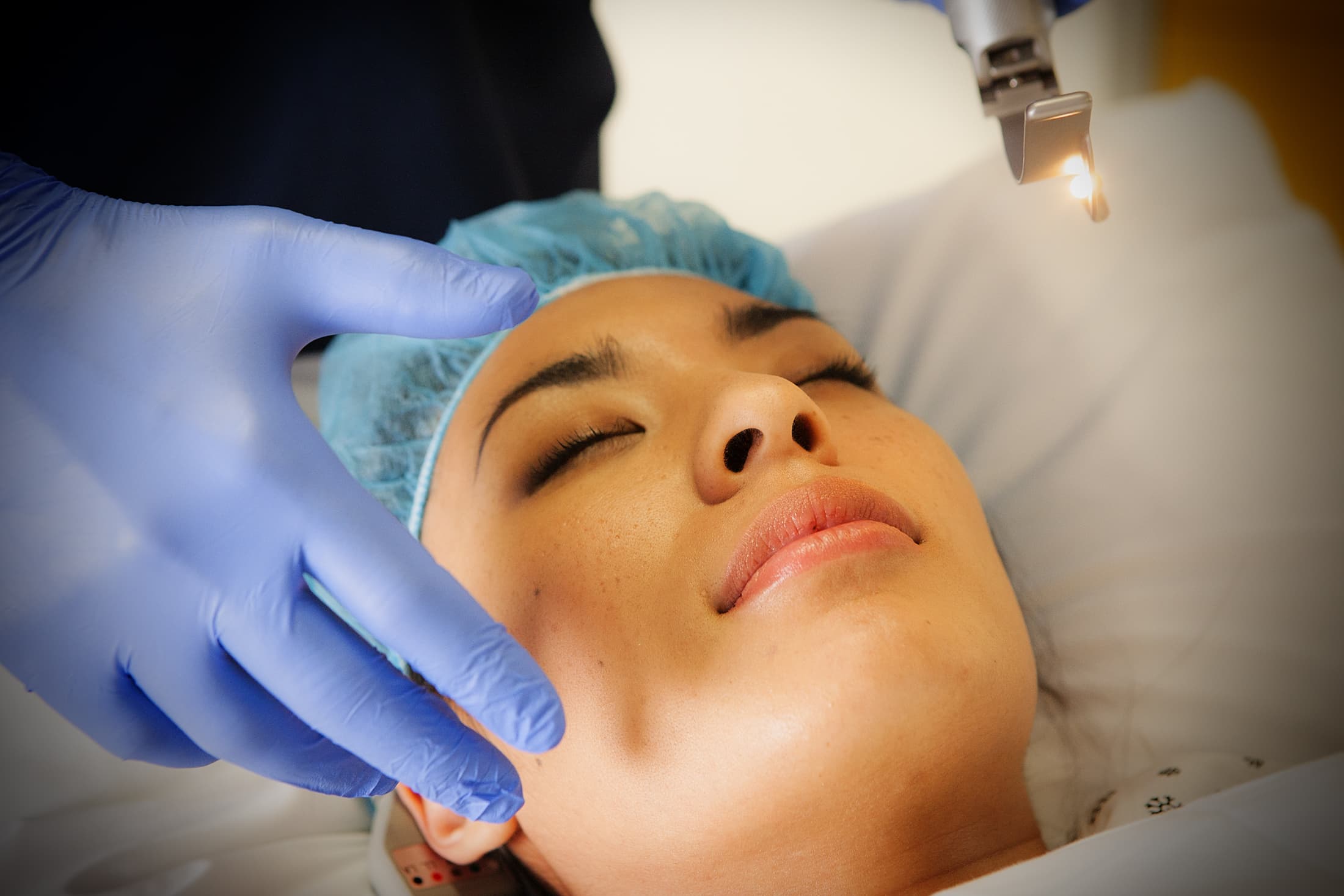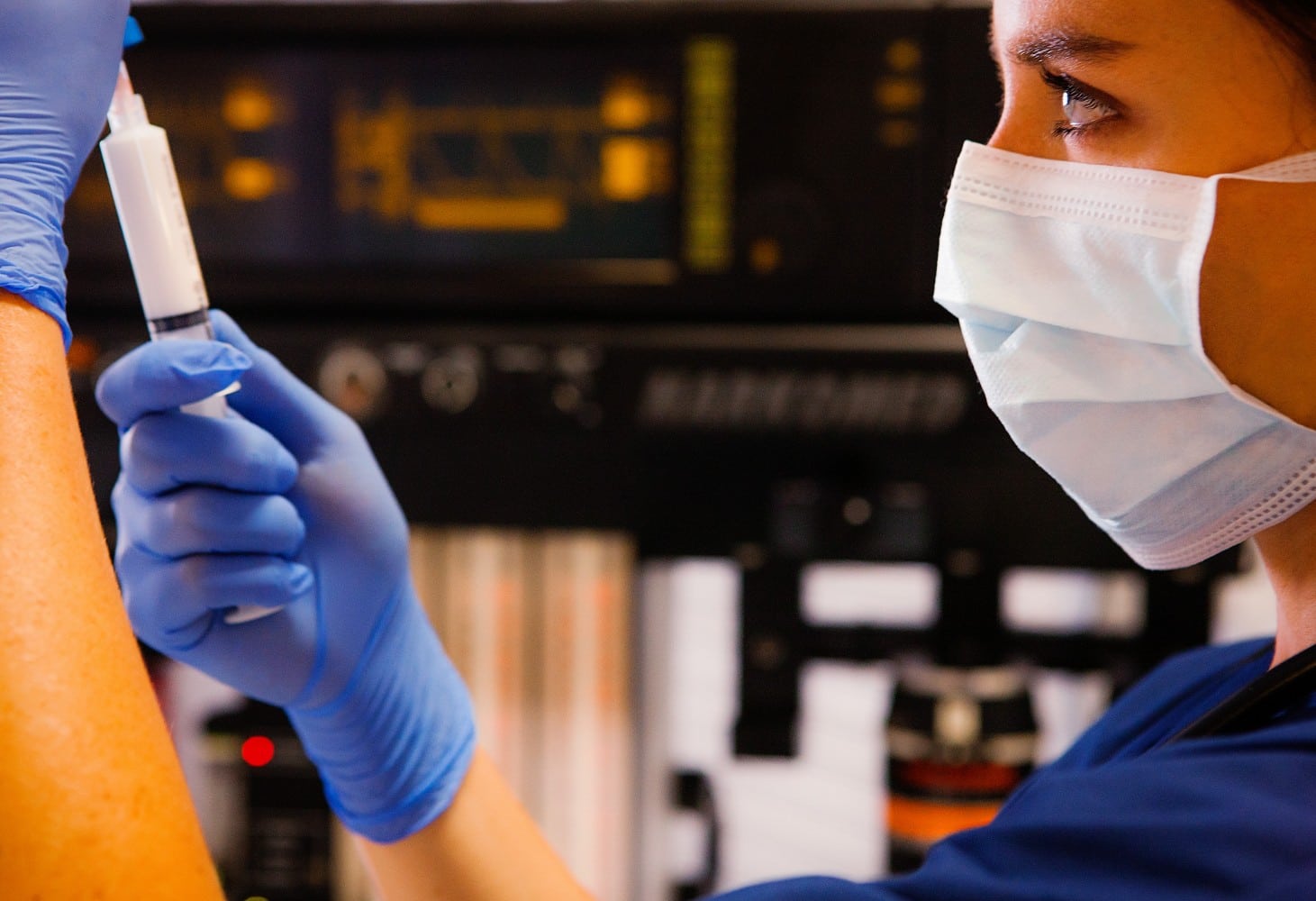
The safety and reliability that is a hallmark of modern anesthesia as compared to only a few decades ago has much to owe to the consistency and preparation we bring to our practice. Standard monitors, evidence based guidelines, preoperative patient evaluation and risk stratification, and ready availability of equipment and personnel to be able to respond to an emergency all serve to ensure the ability to detect and respond to potential hazards. Undermining this consistency and resource availability introduces the potential for adverse events, yet this is often what occurs in the catch-all world of anesthesia outside the operating room.
“Out of OR anesthesia” covers a wide range of locations, procedures, and involved personnel. It may include imaging suites such as CT or MRI, interventional radiology settings, endoscopy, electroconvulsive therapy, cardioversion and ICU procedures, just to name a few. As anesthesia care providers, we are increasingly expected to make our services portable, to reproduce the consistency of care we provide in the operating room with fewer resources in an unfamiliar setting.
Our equipment is often limited to what we can carry (or have an anesthesia technician bring to the out of OR location, if we are lucky). Our well stocked drug carts or Pyxis machines are pared down to a few syringes and a drug box, our difficult airway cart and video airway devices left behind for at best an airway box, often
times just the availability of an ambu bag. Anticipation is key, and we must weigh the necessity of preparation with the realistic capacity of what we can bring with us.
A common pitfall is not treating these out of OR locations with enough respect. True, the procedural risks are low, but often general anesthesia is being administered, the risks of which are if anything amplified by the unfamiliar equipment and support staff. There is very little guidance in how we should be conducting these anesthetics. The ASA lays out bare bones requirements for out of OR anesthesia, including a backup oxygen source, suction, ability to bag mask ventilate, access to a crash cart, etc. Ultimately, it is the anesthesia provider’s responsibility to determine what constitutes safe practice in these settings, and we owe it to our patients to be thoughtful as we make our anesthetic plans outside the operating room.

